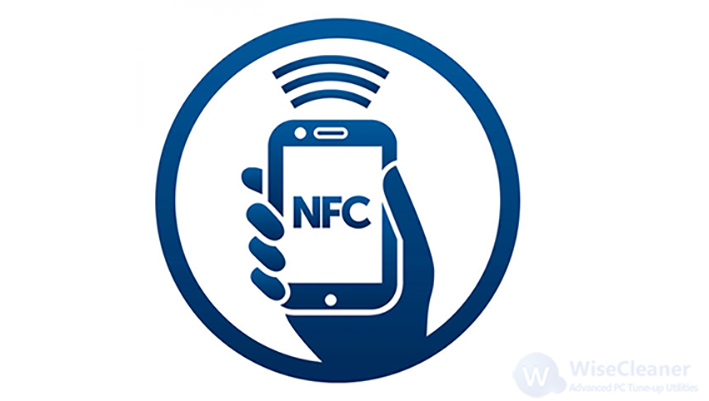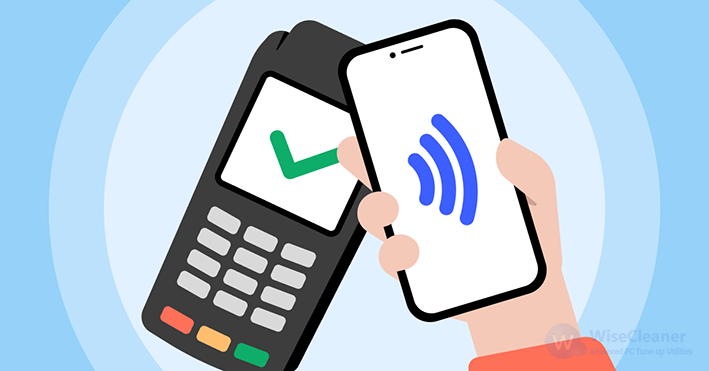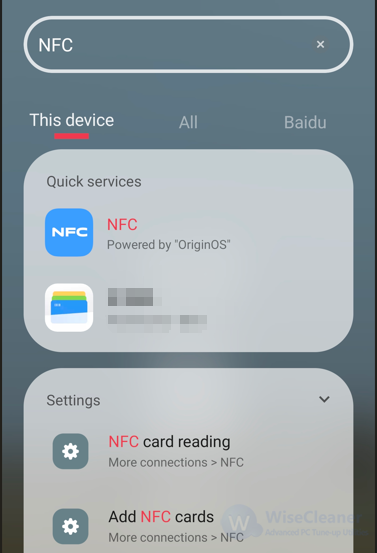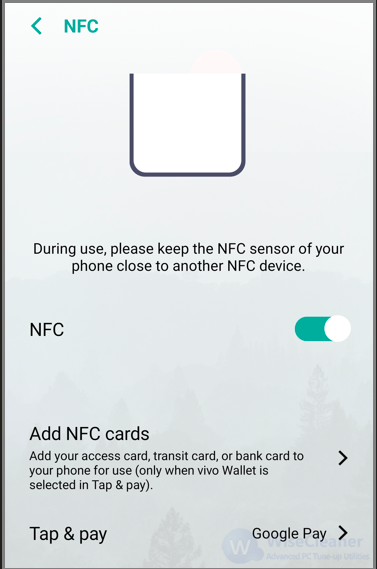WiseCleaner Think Tank
Encounter difficult computer problems?
All about maintenance and optimization of your Windows System.
May 30, 2024
Nowadays, contactless payments are everywhere. The technology that allows contactless payments is known as NFC, which is short for near-field communication. NFC has a range of uses. If you have ever used a mobile payment app like Samsung Pay or Google Pay, you already know how NFC works.
Simply put, it is a way of wireless data transfer that can detect and then enable technology in an extremely short range to communicate without the need for an internet connection.

NFC is not a new technology. It is developed from RFID (radio frequency identification) which has already been around for decades. If you have ever used a key card to access a hotel room, you are already familiar with how it works. However, RFID can only be used for one-way communication, NFC supports two-way communication, which opens more doors in terms of application. They are also different in transmission ranges. RFID is often used over longer distances like some regions automatically collect road tolls, NFC, however, only has a maximum range of a few centimeters, at most.
NFC is fast and easy to use. Most smartphones and wearables are equipped with NFC these days. Different from other wireless communication types, NFC does not need a pairing code to link up because it uses chips that run on very low amounts of power, so it is much more power-efficient.
Although NFC is mostly known for contactless payments, its uses certainly don't end there. So, what can we do with NFC?
As we mentioned above, NFC has become popular in recent years due to its application in contactless payments. In some markets, it has been a staple feature on smartphones for several years at this point.
Virtually most mobile OS manufacturers have their own apps that offer unique NFC functionality which gives users the ability to link up their credit and debit cards and then use their phone with contactless readers. Commonly used smartphone NFC payment apps include Apple Pay, Google Pay, and Samsung Pay.

In many cities, public transport uses NFC-based cards as a form of access control mechanism for public transit. Some systems are even compatible with payment apps like Google Pay so you do not have to carry the card around or buy the tickets.

NFC technology also has been used in smart homes. For instance, you can use NFC to automatically open or close doors and safes by tapping your smartphone or smartwatch against a terminal. You could also use NFC to switch lights and other electrical devices on or off with a tap of your phone or smartwatch.
NFC can also be used to exchange content between two devices. Videos, photos, and other files can be exchanged between NFC-enabled devices. You will find that NFC can serve as a quick and easy alternative to Bluetooth. But the two devices would need to be in very close range for this to be possible.
Even though NFC technology has several security features to minimize the chances of criminal activity, something is not set in stone.

You may find that NFC needs to be enabled manually for different purposes. In most smartphone-related applications, you will also notice that the software will only initiate communication if there is physical contact. This is to prevent accidental triggers especially important now that the technology is used for transferring sensitive data.
As with many technologies today, cybercriminals have found a way to exploit NFC. Therefore, it is wise to deactivate the feature on your device when it is not being used. This could completely cut off a cybercriminal's ability to exploit your device using this communication method.
NFC technology offers a range of practical applications in our daily lives. While generally safe, it is essential to remain vigilant and take necessary precautions to protect your device from potential security threats.